
Did you know that 88% of companies worldwide are using AI technology in their HR processes? Like the 41% who use AI chatbots to engage with candidates or the 44% who use AI to screen candidates. But what about everyone else? What’s the best approach for newcomers to adopt AI in their HR processes?
AI depends on the presence of data, and in the realm of HR, data tends to be unstructured. Everything from documents to video and image files, or even audio recordings could be considered sources of data. And yet AI has a lot of promise for every industry, even those with messy or inconsistently-formatted data sources. So many HR teams are already benefitting from AI.
On October 5th, our Head of Research and Development, Assaf Bar-Moshe, had the pleasure of participating in a panel discussion about AI hosted by the Harbinger Group. Joining him were speakers Umesh Kanade, the VP of Development, and Prashant Khambekar, the SVP of Business Development, both from the Harbinger Group as well. The company’s Chief Alliance Officer, Seema Chaudhary, hosted the lively one-hour discussion that covered AI trends, vendor roadmaps, and a discussion about the way forward. Check out the highlights below to see what the experts think is the best way for HR professionals to adopt AI.
When is the Right Time to Add AI to HR Software?
The first question posed to the panel was about when AI should come into the picture. AI has been around for a number of years, and so now is the best time for organizations to get into AI if they haven’t already! That being said, HR professionals who aren’t already using AI do not need to panic. There are approximately 160 different AI-based HR tools according to futurepedia, and it takes time to find the right solution for a given problem.
“AI has been around for a number of years, and so now is the best time for organizations to get into AI if they haven’t already!... There are approximately 160 different AI-based HR tools.”
Companies who want to know if it is the right time for them should ask themselves the following:
- What problem are you trying to solve?
- Is AI the right solution for the problem given that it can potentially become resource intensive?
As a company analyzes the problem they’re trying to address, they also need to assess whether they have enough data to support an AI model. Since data is a requirement, AI may not be accessible to all organizations, or, if used anyway, it won’t be able to solve the problem very well.
When the time is right, start with a small problem and try to solve it with AI before going big. The other aspect a company should consider is whether or not its team is ready to take on AI. Any team that hasn’t already had a lot of experience should ease their way into new processes supported by AI systems.
When to Build, Buy, or Partner for AI?
The second question the panel addressed got to the heart of the discussion topic. The experts talked openly about when organizations are better suited for one scenario or another, starting with when to build.
When to Build
Building AI in-house will give an organization more control over the process, the model can be completely customized to meet their exact needs, plus their data can be kept completely private and be more secure. However, as mentioned above, sufficient data is required to leverage AI, and data can become complicated. Some companies may not have enough resources or data to support this type of technology, and this reality is exacerbated if the company is trying to build their own AI model or tool. That being said, with the presence of generative AI it has become easier for companies to build AI tools in-house. Creating from the ground up can be worth the investment for the long run of a solution being built in-house, for example.
When to Buy
Buying a solution from an expert will save time, but may be less flexible than a model a company made for itself. However, a lot has already been built; hence, the 160 different AI-based tools mentioned in the previous section. If there is a specific task an organization is trying to accomplish, like employee sentiment for example, and a module for exactly that exists, it’s likely a good idea to just buy it. Even for in-house teams if there already is an AI solution built for what they’re trying to achieve, it's best to not reinvent the wheel. Like deploying a speech dagger in an assessment or automatic speech recognition for example.
“If there is a specific task an organization is trying to accomplish, like employee sentiment for example, and a module for exactly that exists, it’s likely a good idea to just buy it.”
When to Partner
If a company’s data or problem is really complex and bigger than what they can accomplish, they could consider partnering with a data provider, an AI research organization, or another company that may be trying to solve the same problem. Partnering can be an interesting option because all stakeholders share the risk of building or buying, which can make the decision more palatable or even feasible at all.
There are advantages and disadvantages to each avenue and determining which one is best will depend on the specific circumstances of each company. Every company is unique, and has its own considerations to make on its own growth trajectory, with many factors to consider. Any organization that is unsure can use an AI or technology consulting firm to determine the best way to innovate with AI.
Image Credits
Feature Image: Unsplash/Valery Fedotov







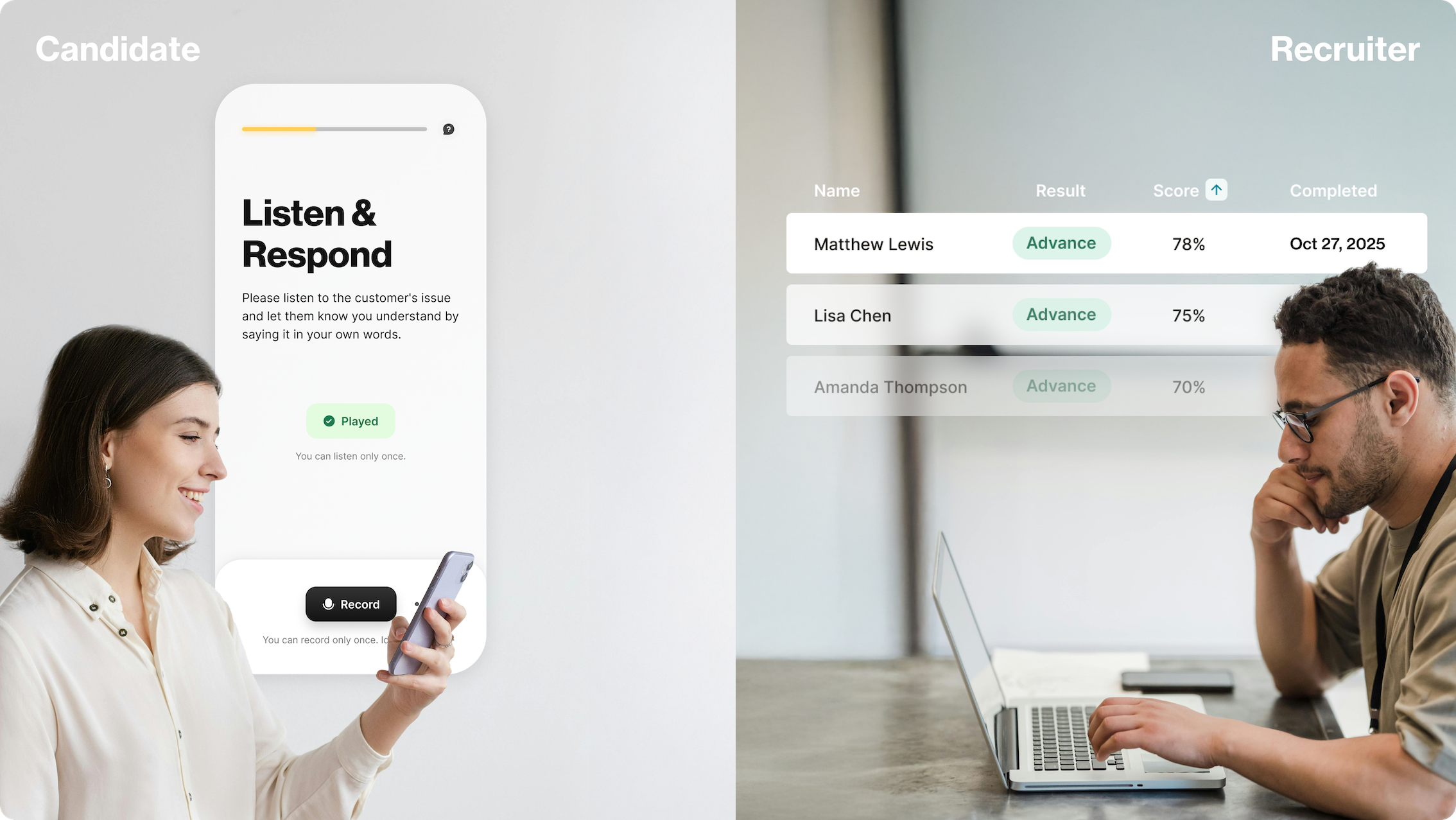

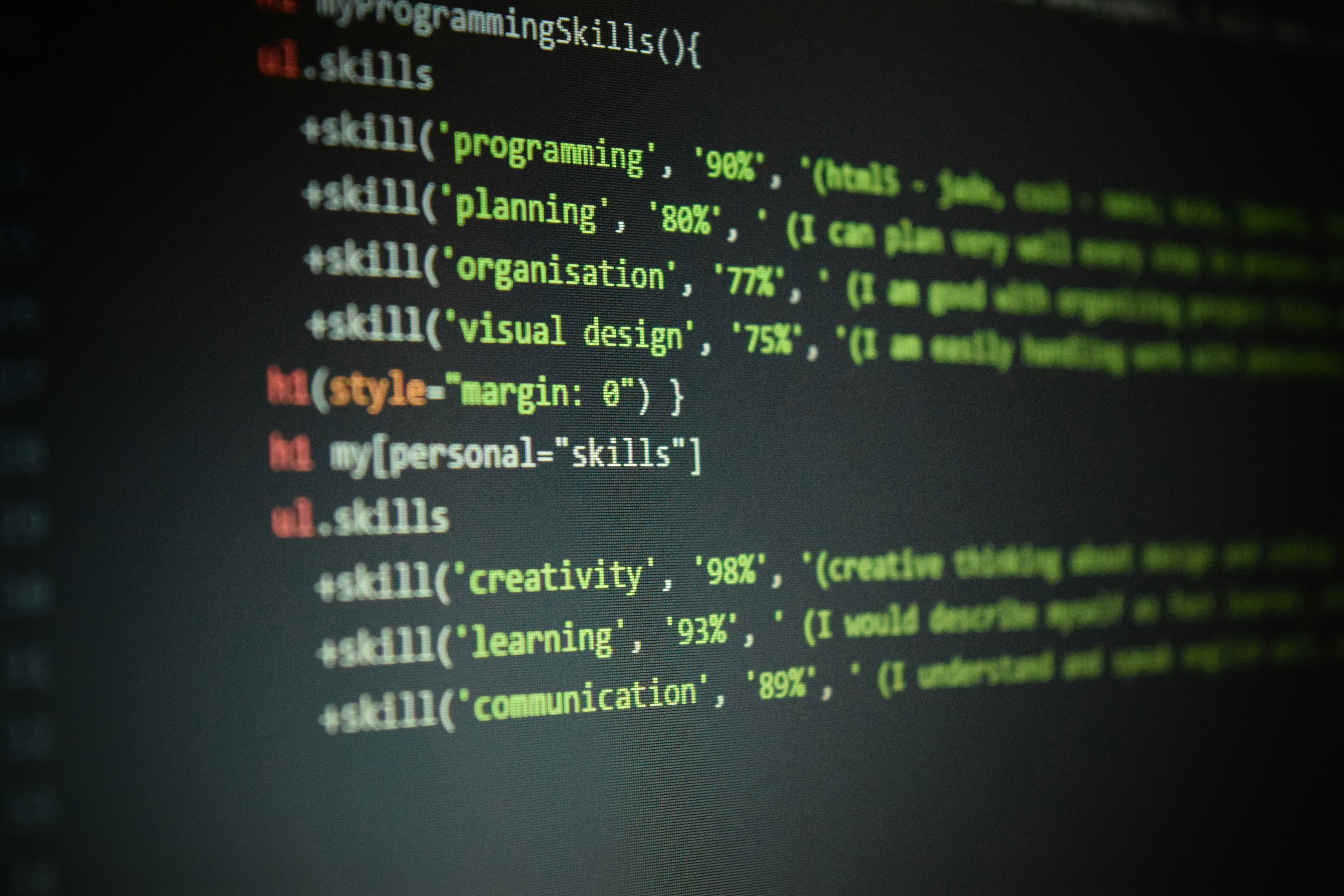
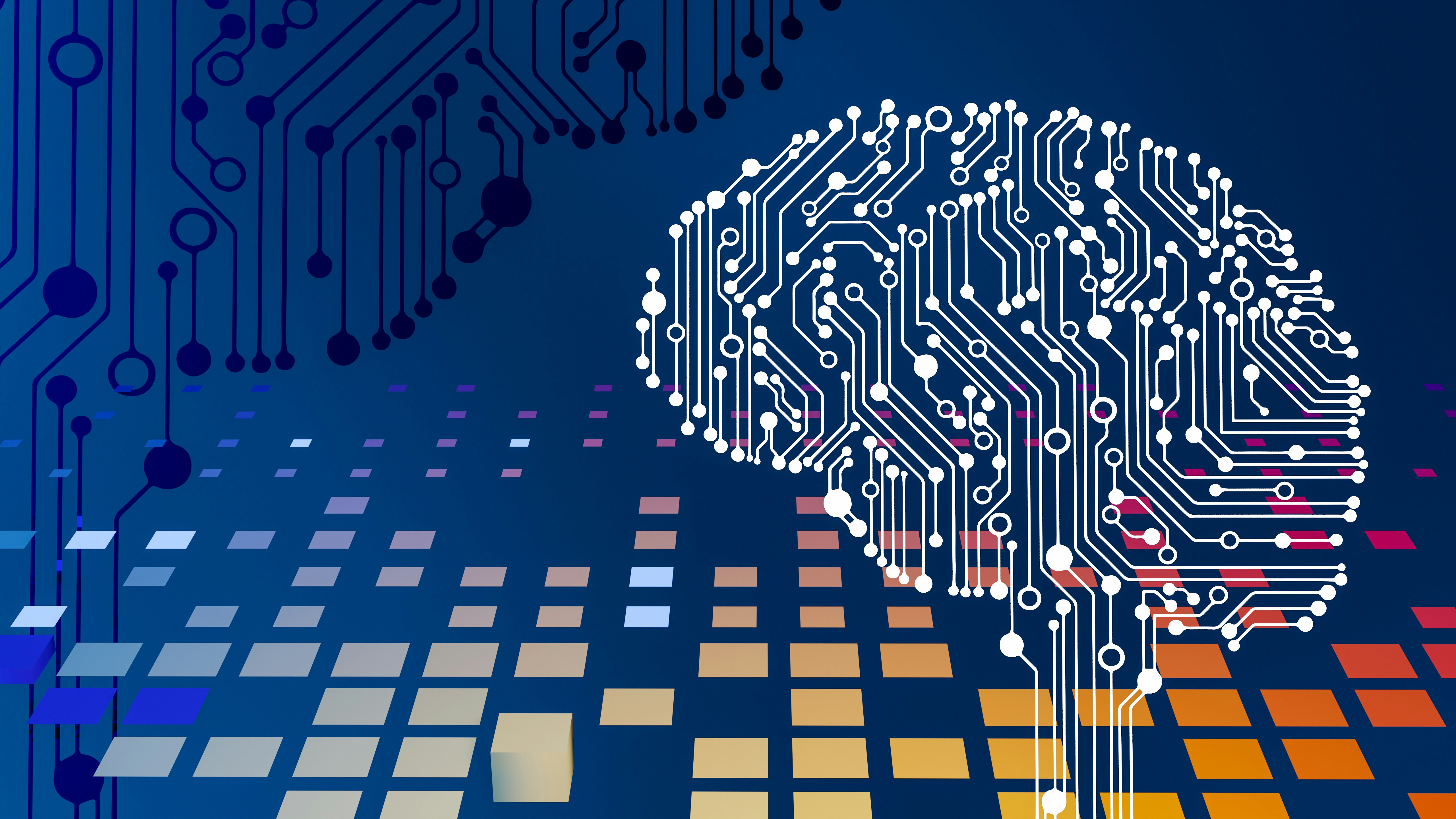

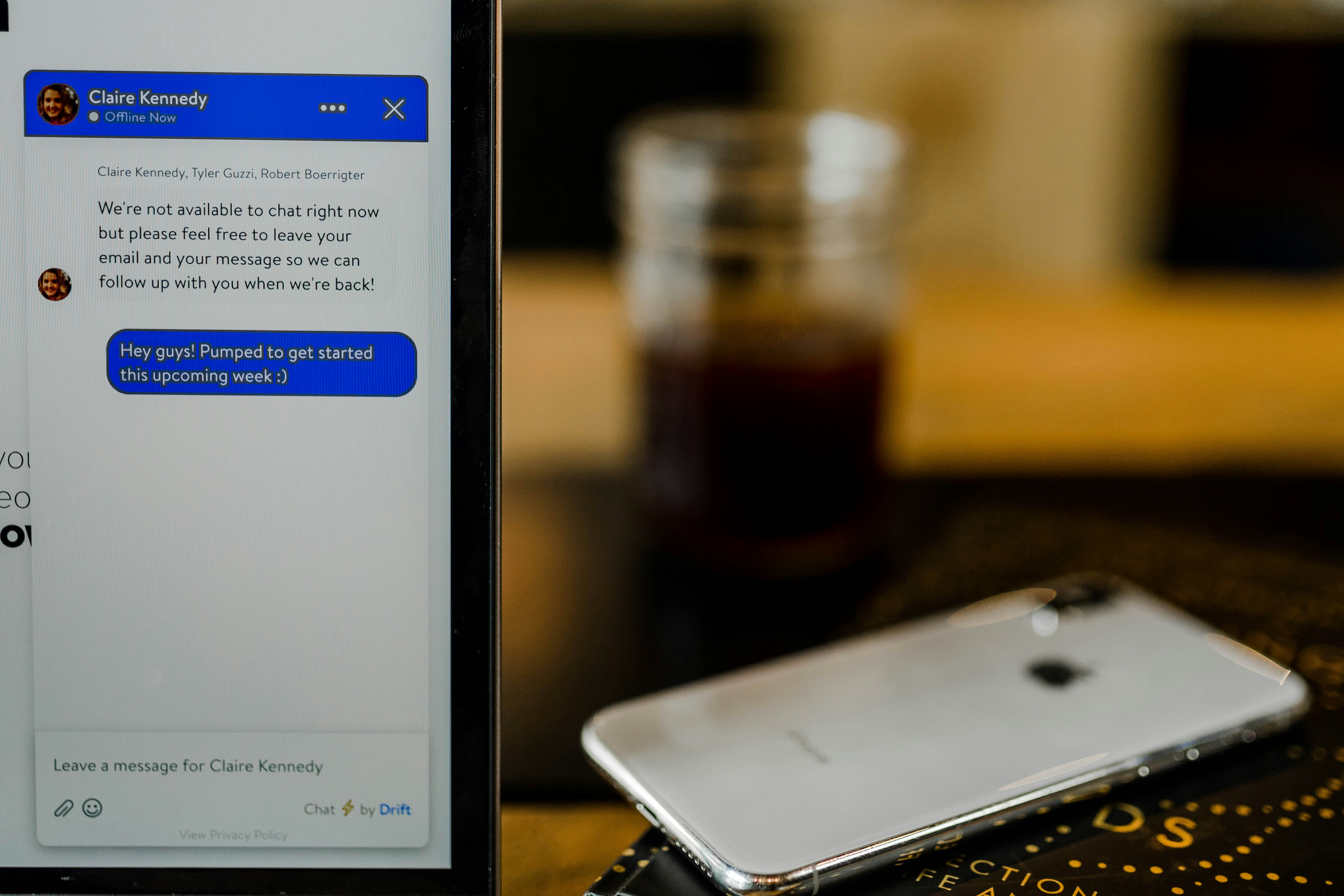

























.jpg)

.jpg)


























.jpg)




.png)
.png)



































.webp)

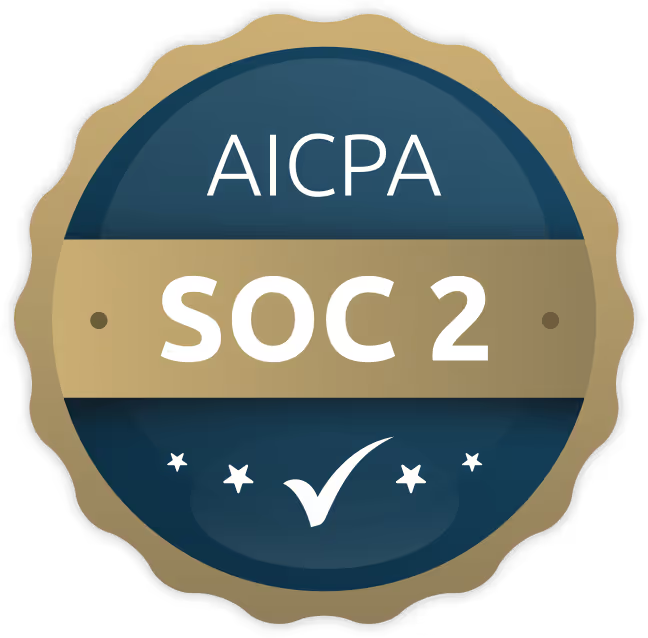


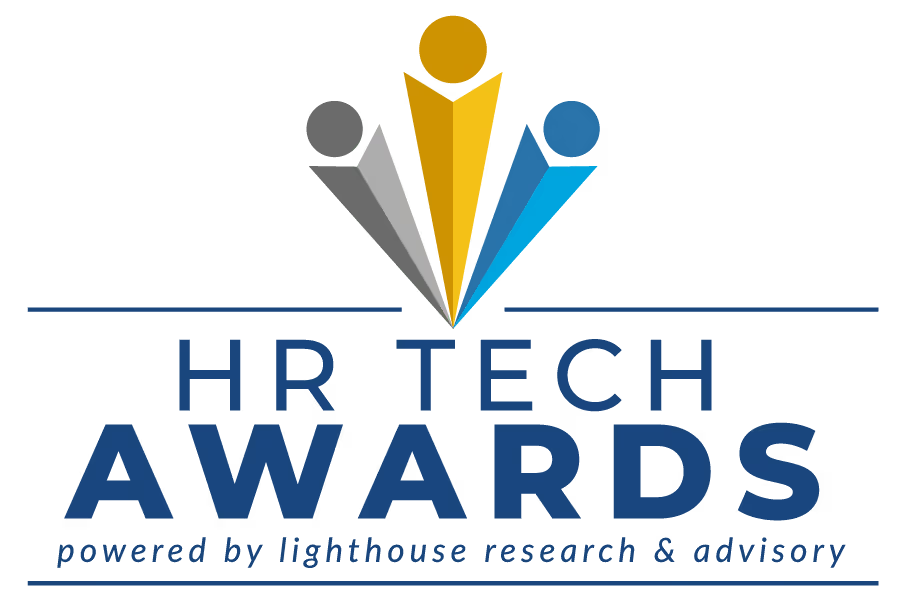
.svg)